Today’s post is written and photographed by Lauren Koch, our San Francisco correspondent.
Largely covered in blankets of snow and ice in winter, Iceland lives up to its name, coined by a 9th-century explorer. The majority of the country’s 320,000 fun-loving citizens (mainly Viking descendants) live in or around the capital, Reykjavik.
With its frozen waterfalls and views of the Aurora Borealis, Reykjavik is the perfect hub for an exotic getaway. Read on for a countdown of Iceland’s top winter attractions– including the best locations to see the Northern Lights!
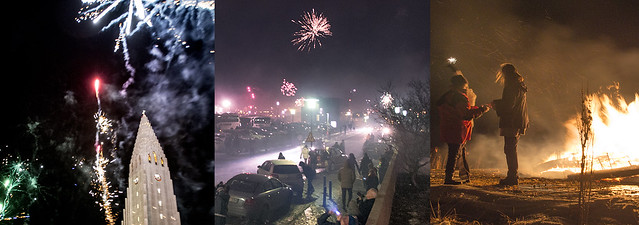
New Year’s Eve in Reykjavik is a fiery affair, with bonfires and locals gathered at the Hallgrímskirkja church.
#5. Downtown Reykjavik
Walk through Reykjavik’s colorful city center to visit local artist’s shops like Kirsuberjatred, which features fish skin purses. Take in contemporary art at the Reykjavik Art Museum (Listasafn Reykjavikur); drink cappuccino; dine at trendy eateries and enjoy Brennivín–Iceland’s traditional schnapps. [Author’s note: We haven’t actually seen any locals drink Brennivín; perhaps Icelanders prefer whiskey?]
Downtown Traveler’s favorite foodie spots in Reykjavik:
• Upscale Dining: The Grill Market
• Casual Eating: Cafe Babalu, Cafe Paris (a tie)
• Coffee: C is for Cookie
• Bars: Kaffibarinn
#4. The Blue Lagoon
As seen in the movie Hostel II, a visit to Iceland isn’t complete without an hour or two spent swimming in this huge, outdoor heated pool. There are numerous bus trips from the city to the Blue Lagoon, and a few airport shuttles even include it in their transportation package.
#3. The Golden Circle
Bus tours from Reykjavik (such as Iceland Excursions) cover this 300km loop with stops at Gullfoss, a breathtaking frozen waterfall, and Strokkur, a geyser that erupts every 4-8 minutes.
#2. New Year’s Eve Bonfires
Celebrating New Year’s Eve in Reykjavik is a truly unique experience thanks to giant bonfires and fireworks–and a strange lack of police presence. After taking an Icelander’s advice, we started celebrating at 8pm by visiting one of the numerous bonfires strategically placed around the outskirts of the city. [Tip: At a bonfire, try chatting up an Icelander to snag an invite to an indoor party since most restaurants and bars are closed the evening of December 31st]. If you haven’t met any new friends, head back to your hotel after the bonfire. At 11:15pm, venture outside for a spectacular fireworks show. Both locals and tourists can be seen ringing in the New Year in front of a landmark church, the Hallgrímskirkja. At 1am, it is time to hit the bars. Icelanders start arriving, many in suits, at 2am. [WARNING. State liquor stores close at 2pm on December 31st; to purchase champagne or other alcohol, be prepared to queue in the morning!]
#1. The Northern Lights
Visiting Iceland in winter could be your once-in-a-lifetime chance to see this moving arc of green particles dancing in the night sky. On our fourth night in Reykjavik, it was cloudless and cold enough to see the Aurora Borealis. We drove on icy Route 42 just north of Lake Kleifarvatn for this natural phenomenon, which included a shooting star. Insider tip: To figure out where your best chances of viewing the Northern Lights are, visit this Icelandic weather website.
Have you been to Iceland?
Share your favorite attraction by leaving a comment below!

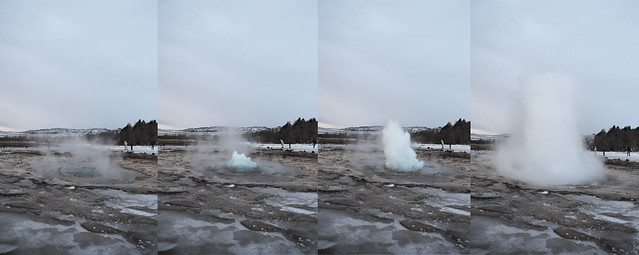

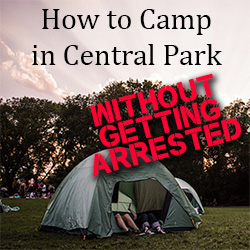








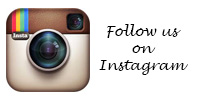
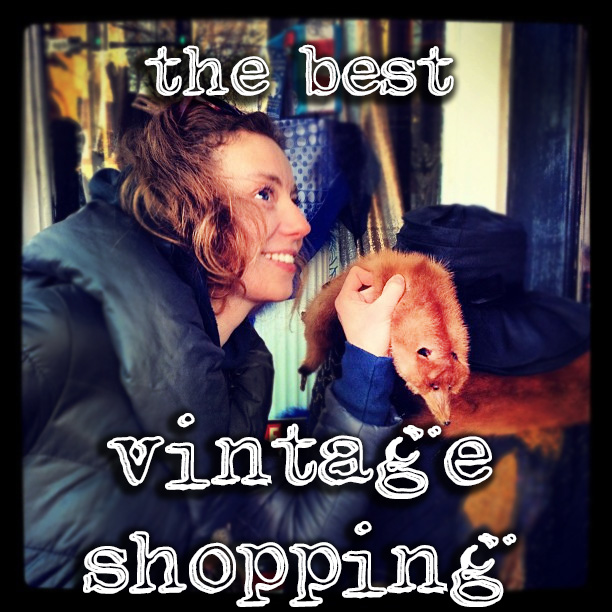


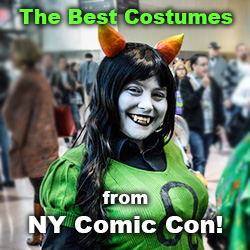

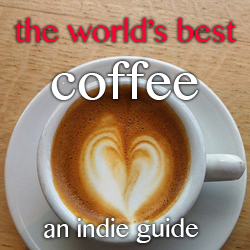
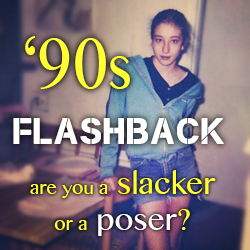
I am quite impressed they celebrate my birthday with bonfires. I love the way people around the world find unique ways to party and have a drink to me 🙂 I almost went to Iceland last year. It is definitely a place on my bucket list. I did a report on Iceland when I was in 6th grade and flunked it. I need to go and get some more information and perhaps re-write that piece of crap.
I think the bonfires were just for you! You should definitely go to Iceland now and see how it compares to your idea of the place when you were 12 🙂 I wrote a report on Yugoslavia but it no longer exists!
Beautiful photos, Lauren!
Thanks for the comment Maria! Glad you liked the photos. Lauren is an amazing photographer 🙂
I love visiting Iceland in the winter! My favorite place to hang out is at the public swimming pool in hot pools.
Thanks for the Iceland tip! The public swimming pool sounds like a fun winter activity 🙂
Iceland is such an interesting country with an amazing nature! I would love to see the Northern Lights one day.